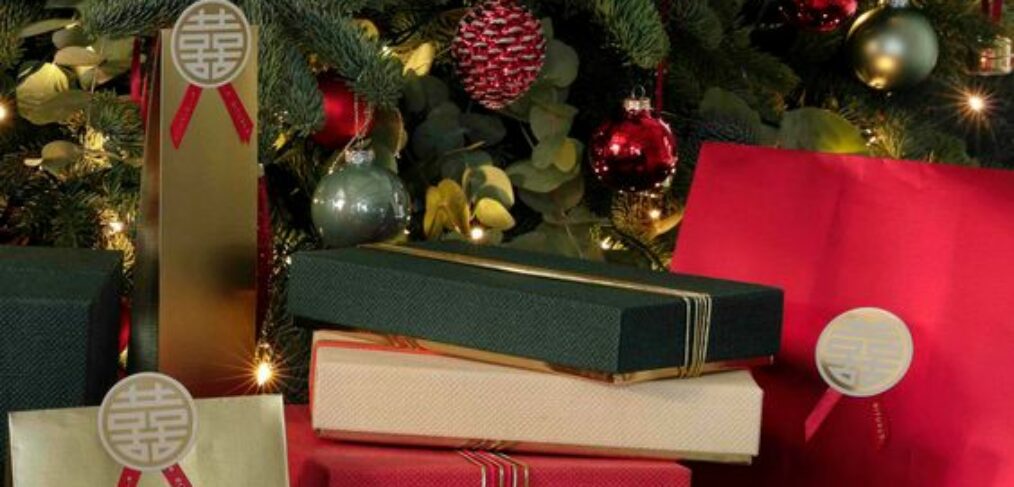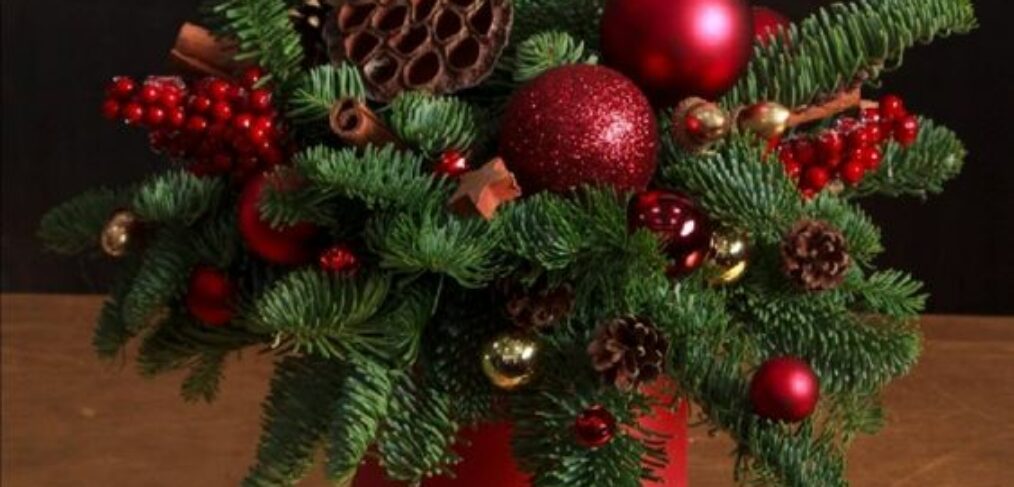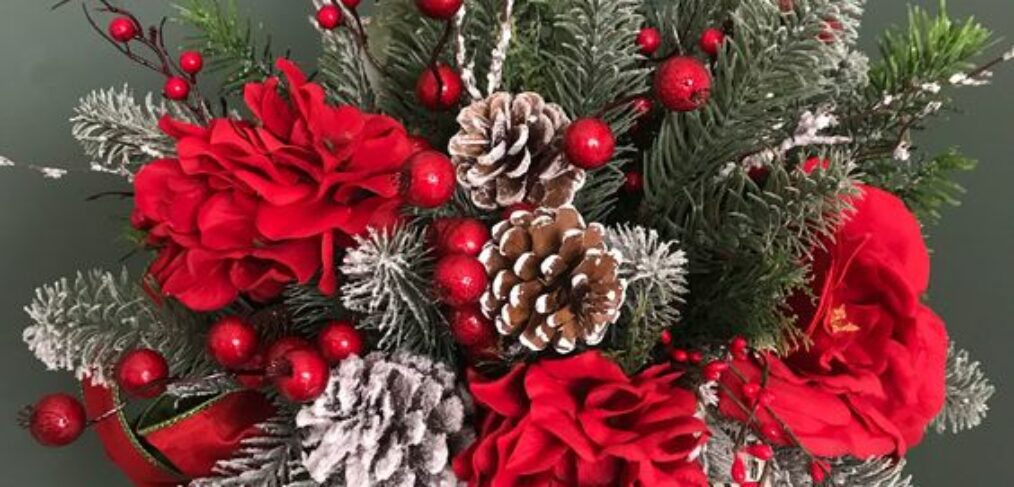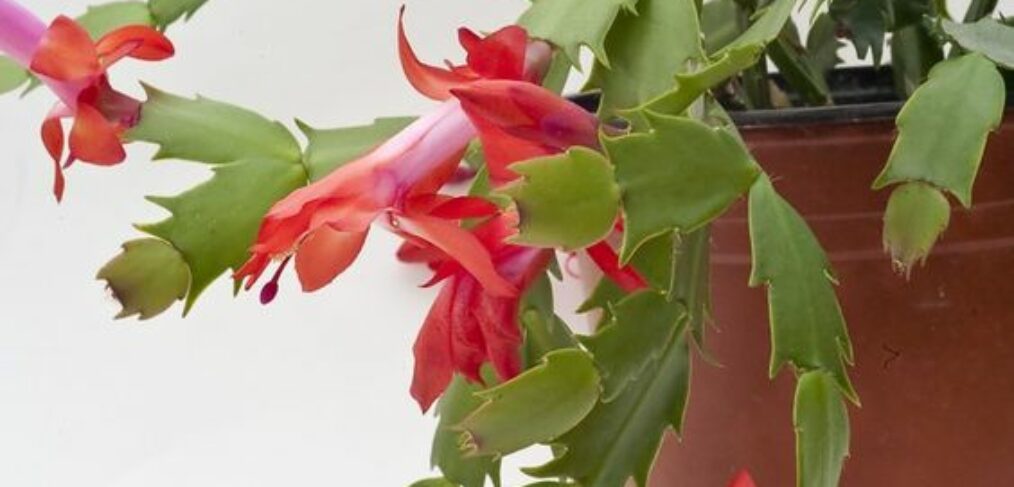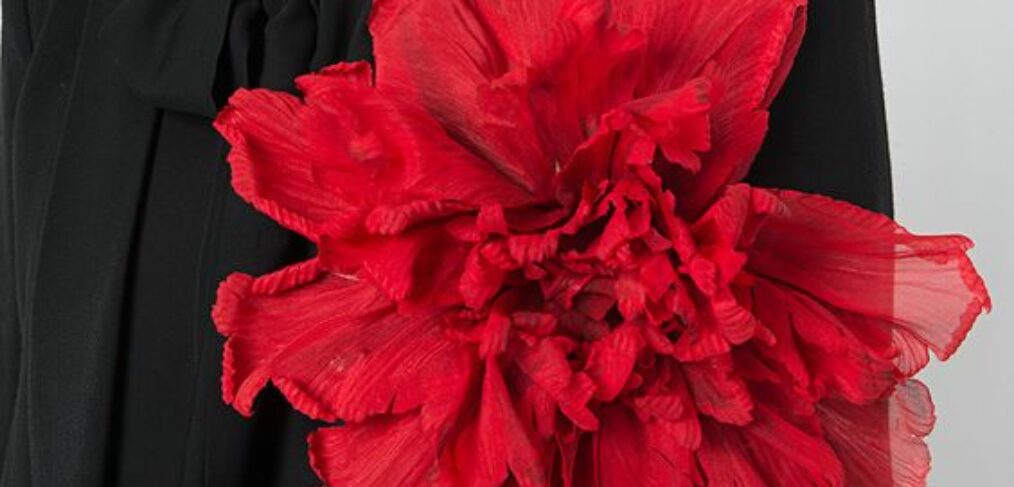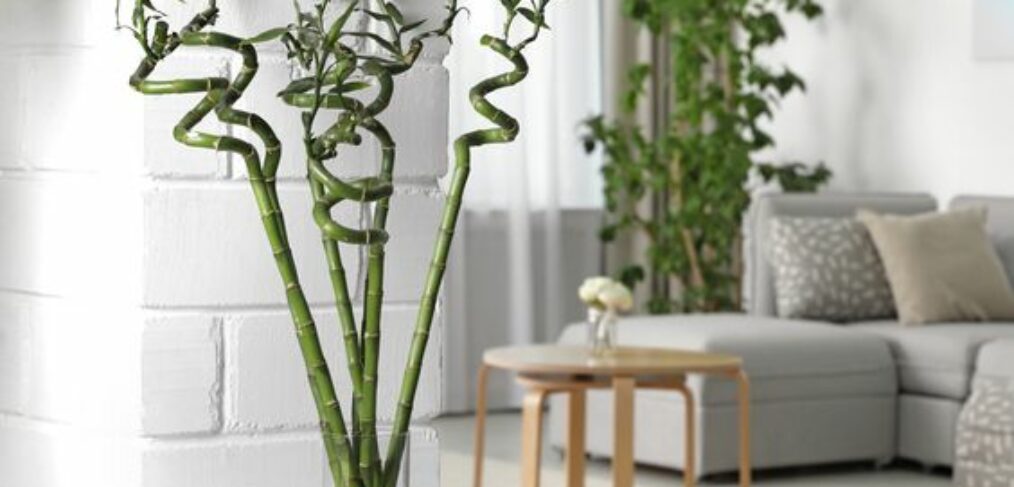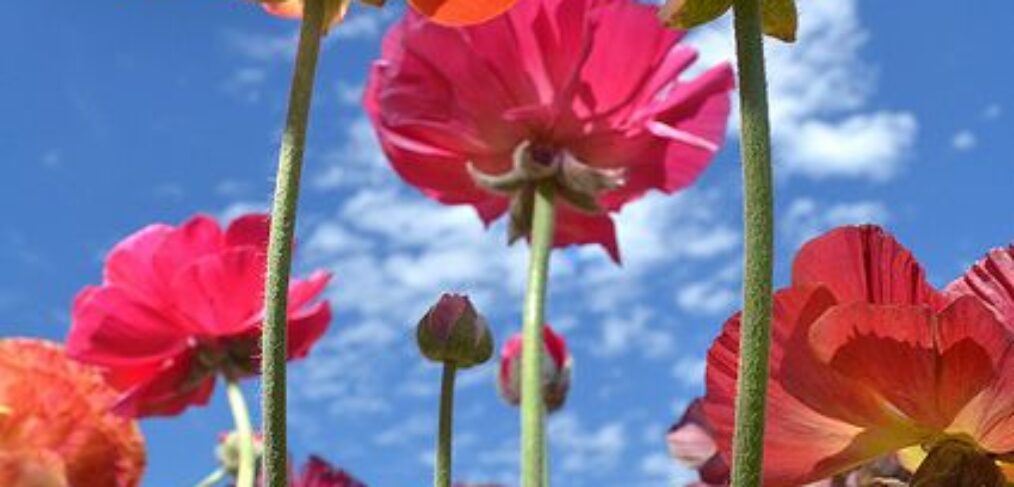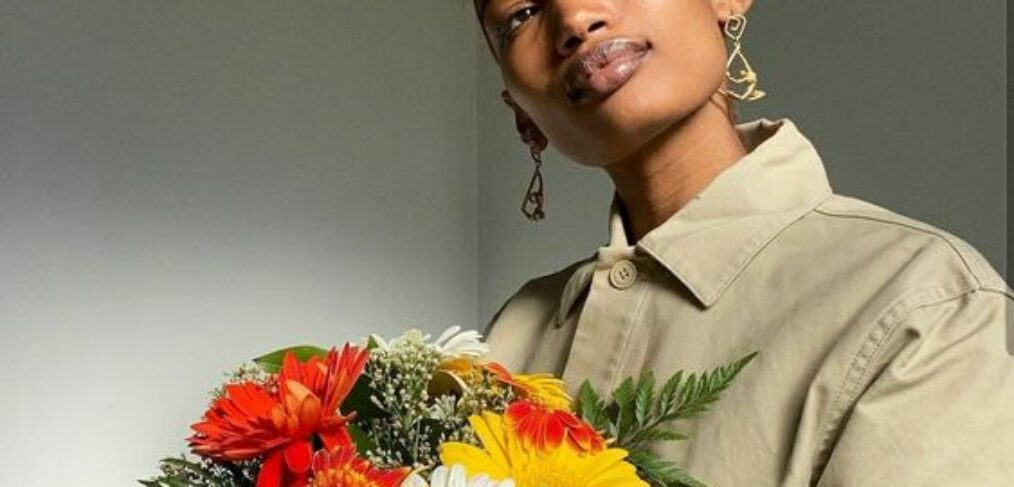As the festive season embraces us with its warmth and joy, what better way to celebrate than by pairing the timeless beauty of fresh flowers with enchanting gifts?
This Christmas, elevate your gifting game and spread love with the perfect combinations that capture the spirit of the season.
Here’s a delightful guide to ignite your inspiration and make this holiday truly unforgettable.
- Chocolates Galore
- Scents of the Season
- Personalized Poetry
- Sparkling Celebrations
- Elegant Ornaments
- Cozy Comfort
- Melodies of Joy
1. Chocolates Galore
Dive into the sweet symphony of Christmas by pairing a vibrant bouquet with an assortment of decadent chocolates. The rich flavors will complement the floral beauty, creating a sensory experience that tantalizes taste buds and warms hearts.
2. Scents of the Season
Infuse the magic of the holidays with scented candles that harmonize with the aromatic allure of fresh blooms. Choose fragrances like cinnamon, pine, or vanilla to create a cozy atmosphere that radiates comfort and joy.
3. Personalized Poetry
Elevate your gesture by adding a personalized touch with a heartfelt poem or a Christmas card. Express your sentiments and weave a narrative that intertwines the blossoming love of flowers with the essence of the festive season.
4. Sparkling Celebrations
Toast to the season with a bottle of exquisite champagne or sparkling cider. The effervescence of bubbly delights paired with the freshness of flowers is a match made in festive heaven, elevating the celebration to new heights.
5. Elegant Ornaments
Enhance the charm of your bouquet of flowers by including delicate Christmas ornaments. Adorn the bouquet with tiny baubles, bells, or ornaments that add a touch of holiday magic and become cherished keepsakes.
6. Cozy Comfort
Wrap your loved ones in the warmth of comfort by pairing flowers with a cozy blanket or a set of mugs. Add a dash of serenity to the festive season, creating moments of relaxation and togetherness.
7. Melodies of Joy
Set the festive mood with a curated playlist or a collection of Christmas carols. Music has the power to enhance the magic of the season, creating an atmosphere that resonates with joy and harmony.
This Christmas, let the artful pairing of fresh flowers and thoughtful gifts become your signature expression of love and celebration.
There are a few important things to note when sending flowers this Christmas.
May the beauty of the flowers and the enchantment of your chosen gifts weave a tapestry of memories that linger long after the holidays have passed.
Happy gifting!

